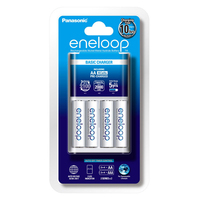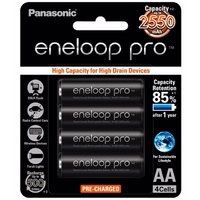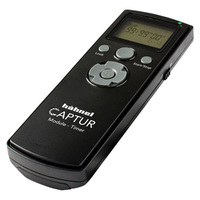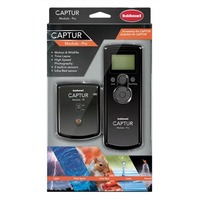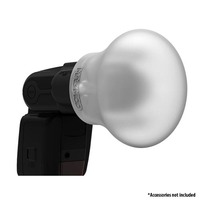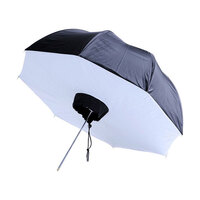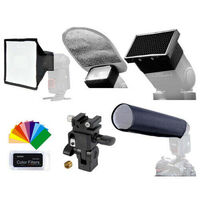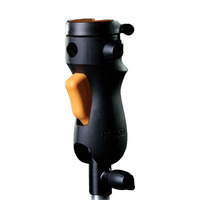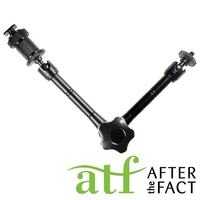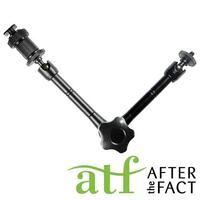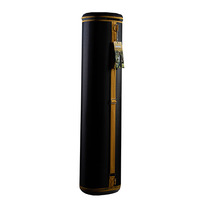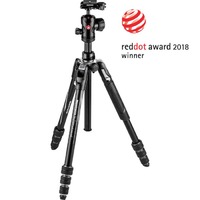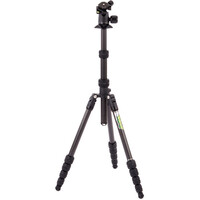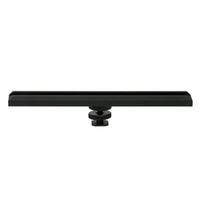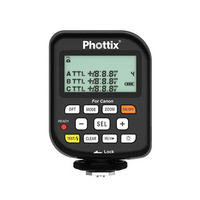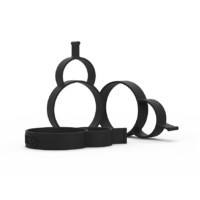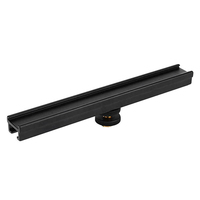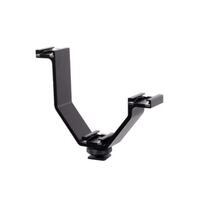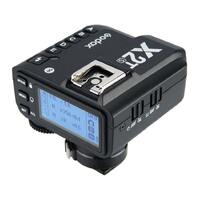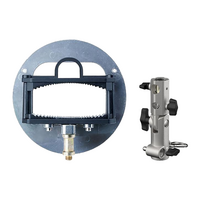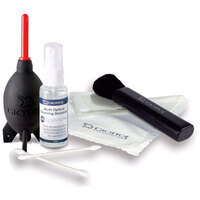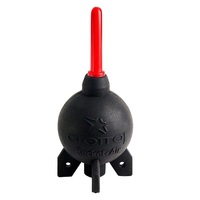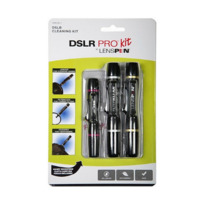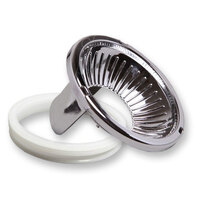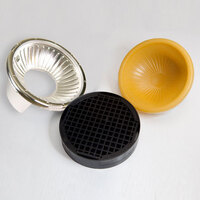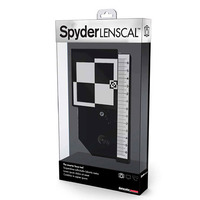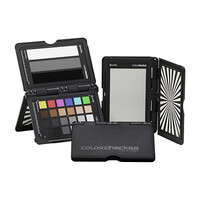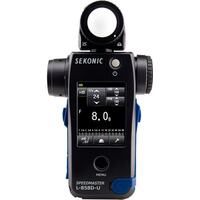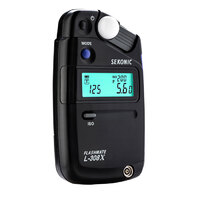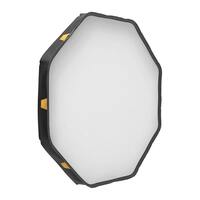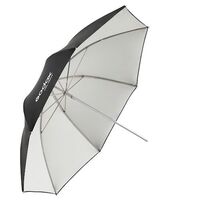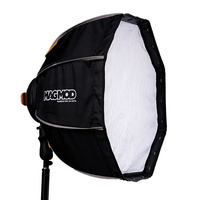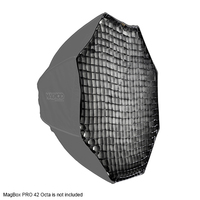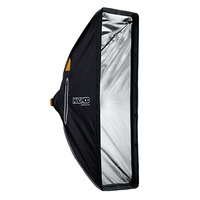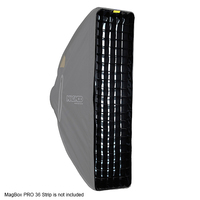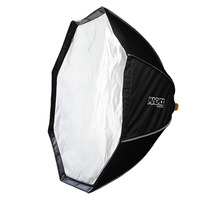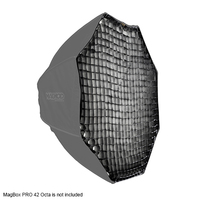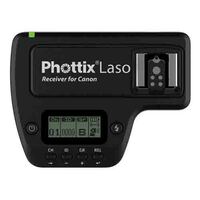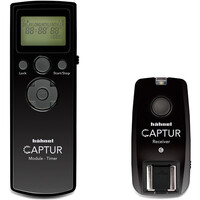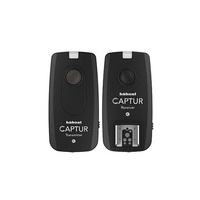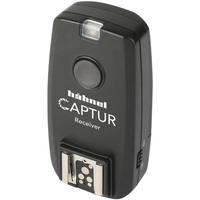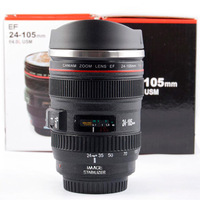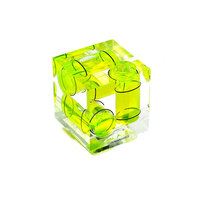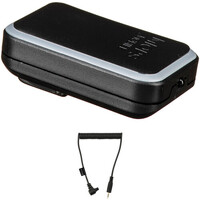
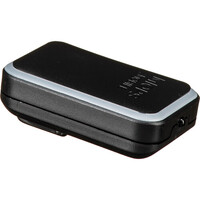
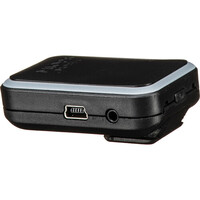
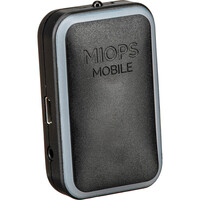
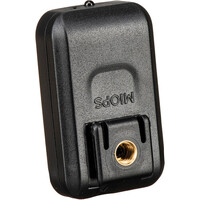

Key Features:
- Downloadable Miops Mobile App
- Wireless Control with Cameras or Flashes
- Operate via Smartphone or Tablet
- Several Different Release Modes
- Create Five Types of Time-Lapse Videos
- Smartphone Sensor Modes
- Mobile App Firmware Upgradable
- Internal Battery USB Rechargeable Device
- Cable Connects Remote Trigger to Camera
Miops RemotePlus High-Speed Smart Camera Trigger Kit with C1 Cable

Australian Owned, Online Since 2001

Local Contact Centre

Industry Experts, Knowledgeable Team

Australia Wide Delivery

From Beginner to Pro, Affordable Gear
Secure Payment Methods
Key Features:
- Downloadable Miops Mobile App
- Wireless Control with Cameras or Flashes
- Operate via Smartphone or Tablet
- Several Different Release Modes
- Create Five Types of Time-Lapse Videos
- Smartphone Sensor Modes
- Mobile App Firmware Upgradable
- Internal Battery USB Rechargeable Device
- Cable Connects Remote Trigger to Camera
You May Also Like
The Essentials:
Bags, Cases & Straps:
Tripods & Monopods:
Flashes & Lighting:
Cleaning & Maintenance:
Studio Lighting:
Remotes:
Other:
RemotePlus High-Speed Smart Camera Trigger
Connect your camera or flash to the Miops RemotePlus High-Speed Smart Camera Trigger using a compatible camera remote cable. Use the Miops mobile app to wirelessly control your camera or flash and access several release modes, including Cable Release, Press & Hold, Press & Lock, Timed Release, and Timed Release & Self-Timer. The app also has different sensor modes to trigger your camera, such as using your smartphone camera to observe an area and trigger the camera when motion is detected, or shaking or vibrating your phone to activate the camera shutter.
The RemotePlus device itself has sensor modes to fire the camera as well. The Lightning mode detects lightning and fires off the camera instantly during the day or night. In this mode you can set the sensitivity level of your device. The higher the value you set, the more sensitive it will be. In Laser Mode, you can aim an external laser beam to the remote plus optical receiver and have it capture an image of your subject crossing the laser. The Sound Mode uses the internal microphone of your device to trigger the camera when a sound occurs. Fve different types of time-lapse modes allow for the creation of dynamic videos using Basic Time-Lapse, Road-Lapse, Long Exposure Time-Lapse, Bulb Ramping Time-Lapse, and HDR Time-lapse. High Dynamic Range Photography can be done by capturing six of the same images with auto-exposure bracketing and then merging them together to create an HDR photo. The mobile app firmware can be upgraded when updates become available and the internal battery of the device is rechargeable with the included USB charging cable.
Camera Compatibility
Canon: Digital Rebel, EOS IV, EOS III, EOS 5DS R, EOS R, EOS 1000D, EOS 100D, EOS 10D, EOS 1100D, EOS 1200D, EOS 1300D, EOS 1D, EOS 1DC, EOS 1D Mark II, EOS 1D Mark II N, EOS 1D Mark III, EOS 1D Mark IV, EOS 1D X, EOS 1D X Mark II, EOS 1DS, EOS 1DS Mark II, EOS 200D, EOS 20D, EOS 20DA, EOS 300D, EOS 30D, EOS 350D, EOS 400D, EOS 40D, EOS 450D, EOS 500D, EOS 50D, EOS 550D, EOD 5D, EOS 5D Mark II, EOS 5D Mark III, EOS 5D Mark IV, EOS 5Ds, EOS 5Dsr, EOS 600D, EOS 60D, EOS 60DA, EOS 650D, EOS 6D, EOS 6D Mark II, EOS 700D, EOS 70D, EOS 750D, EOS 760D, EOS 77D, EOS 7D, EOS 7D Mark II, EOS 8000D, EOS 80D, EOS SL2, EOS D30, EOS D60, EOS M5, EOS M6, EOS Rebel T6, G11, G12, G15, G16, G1X, G1X II, G3X, G5X, Kiss Digital F, Kiss Digital N, Kiss Digital X, Kiss X6i, Kiss 70, Kiss X7i, Kiss X8i, Kiss Digital, Kiss F Digital, Kiss N, Kiss X2, Kiss X3, Kiss X4, Kiss X5, Kiss X50, Kiss X6, Powershot G1 X, Rebel T5, Rebel SL1, Rebel T1i, Rebel T2i, Rebel T3, Rebel T3i, Rebel T4i, Rebel T5i, Rebel T6, Rebel T6i, Rebel T6s, Rebel T7i, Rebel XS, Rebel XSi, Rebel XT, Rebel XTi, SX50 HS, and SX60 HS
FUJIFILM:X-T10, Finepix S1, GFX 50S, S3 Pro, S5 Pro, X-100T, X-30, X-70, X-H1, X-A1, X-A2, X-A3, X-E1, X-E2, X-E2S, X-E3, X-M1, X-Pro2, X-Q1, X-Q2, X-T1, X-T2, X-T20, X-T3, and X-100F
Hasselblad: H, H3D, H4D-200MS, H4D-31, H4D-40, H4D-50, H4D-50MSs, H4D-60, H5D, H6d, H6D-100C, H6D-50C, and HV
Konica Minolta: Dimage A1, Dimage A2, Dimage A200, Dimage 5, Dimage 7, Dimage 7Hi, Dimage 7i, Dynax 3, Dynax 4, Dynax 5000, Dynax 500Si, Dynax 505Si, Dynax 5D, Dynax 600Si, Dynax 7, Dynax 7000, Dynax 700Si, Dynax 7D, Dynax 800Si, Dynax 807Si, Dynax 9, Dynax 9000, Dynax Sweet, Dynax Sweets, Maxxum 3, Maxxum 4, Maxxum 5000, Maxxum 500Si, Maxxum 505si, Maxxum 5D, Maxxum 600Si, Maxxum 7000, Maxxum 700Si, Maxxum 7D, Maxxum 800Si, Maxxum 807Si, Maxxum 9, Maxxum 9000, and Maxxum Sweets
Nikon: Coolpix A, Coolpix P7700, Coolpix P7800, D1, D100 (with MB-D100), D1H, D1X, D2, D200, D2H, D2Hs, D2X, D2Xs, D3, D300, D300s, D3100, D3200, D3300, D3s, D3X, D4, D4s, D5, D500, D5000, D5100, D5200, D5300, D5500, D5600, D600,D610, D700, D7000, D7100, D7200, D750, D7500, D800, D800E, D810, D810A, D810E, D850, D90, Df, F100, F5, F6, F90, P1000, P7700, P7800, Z6, and Z7
Olympus: E-30, E-400, E-410, E-420, E-450, E-510, E-520, E-600, E-620, Evolt E-410, Evolt E-510, OM-D E-M1, OM-D E-M1 Mark II, OM-D E-M10, OM-D E-M10 Mark II, OM-D E-M5, OM-D E-M5 Mark II, PEN E-P1, PEN E-P2, PEN E-P2 SE, PEN E-P3, PEN E-P5, PEN E-Pl2, PEN E-Pl3, PEN E-Pl5, PEN E-Pl6, PEN E-PM1, PEN E-PM2, PEN-F, SP-510 UZ, SP-550, SP-550 UZ, SP-560, SP-560 UZ, SP-565 UZ, SP-570, SP-570 UZ, SP-590 UZ, SP-810 UZ, Stylus 1, Stylus 1S, Stylus SH-2, SZ-11, SZ-20, SZ-30 MR, XZ 2iHS, XZ-1, XZ-2, XZ-2 iHS
Panasonic: DMC-G80, FZ330, FT2, FZ100, FZ1000, FZ15, FZ150, FZ20, FZ200, FZ2000, FZ20K, FZ2500, FZ30, FZ300, FZ30K, FZ30S, FZ50, FZ50K, G1, G10, G2, G3, G5, G6, G7, G70, G80, G85, G9, Gfl, GH1, GH2, GH3, GH4, GX1, GX7, GX8, L1, L10, LC1, and TS1Pentax: 645D, 645Z, ist D, ist DL, ist Dl2, ist DS, ist DS2, K-3, K-30, K-5, K-5 II, K-5 IIs, K-50, K-500, K-7, K1, K10 Grand Prix, K100D, K100D Super, K10D, K110D, K200D, K20D, K3 II, KP, MZ-6, MZ-L, and ZX-L
Samsung: EX2F, Galaxy NX, GX-10, GX1L, GX-1S, GX-20, NX Mini, NX-1, NX-10, NX-100, NX-11, NX-5, NX-500, NX-1000, NX-1100, NX-20, NX-2000, NX-210, NX-30, NX-300, and NX-300M
Sony: A100, A200, A300, A3000, A33, A35, A350, A3500, A37, A400, A450, A500, A5000, A5100, A55, A550, A550V, A560, A57, A58, A580, A6000, A6300, A65, A6500, A65V, A68, a7, a700, a77, a77 II, a77v, a7 II, a7 III, a7r, a7r II, a7s, a7s II, a850, a9, a900, a99, a99 II, HX300, HX400V, HX50V, HX60, HX60V
Shutter Release Modes
Cable Release: A basic trigger mode fires your flash or camera by touching the orange button in the smartphone's app.
Press & Hold: Placing your camera's shutter in bulb mode, this enables you to press the orange button in the app to begin the exposure and letting go to end the exposure.
Press & Lock: This mode is for long exposures, and it works the same as the Press & Hold feature, but the exception is to tap the orange button again to stop the exposure.
Timed Release: This mode enables you to set the exposure for the exact length of time.
Self-Timer: Set the timer on the app to fire the camera after the allotted time runs out.
Timed Release & Self-Timer: This mode combines the two modes to fire when you want to and for how long you want the exposure to be.
RemotePlus Sensor Modes
Lighting Mode: Detects lighting and fires off the camera instantly during the day or night. In this mode you can set how sensitive the device can be.
Laser Mode: Aim an external laser beam to the remote plus's optical receiver and have it trigger to capture an image by having a subject cross the laser.
Sound Mode: Uses the internal microphone of the device to trigger the camera if a loud sound occurs.
Smartphone Sensor Modes
Sound Mode: The built-in microphone on your smartphone when tethered via Bluetooth to the remote plus is sensitive to sound and fires the camera when a loud sound occurs. Three parameters can be set such as sensitivity, delay of firing the camera, and firing mode, which is continuous or single shot.
Vibration: Trigger your camera remotely by shaking or vibrating your smartphone.
Motion: The camera through the smartphone is utilized to observe an area and trigger the camera when motion is detected.
Time-Lapse Modes
Basic Time-Lapse: Set the number of shots, intervals, and exposures settings to capture hundreds of photos and create time-lapse videos.
Road-Lapse: Create time-lapse road videos by using the GPS data on your smartphone and setting the set distance for your camera to trigger too.
Long Exposure Time-lapse: You can customize three parameters such as interval, which determines how much time passes between each frame firing, setting an exposure value for each frame, and set how many frames will be shot between at certain amount of time.
Bulb Ramping Time-Lapse: While shooting images during a time-lapse exposure, the scene's light changes during the process along with exposures, within this mode you can set the parameters to compensate for that.
HDR Time-Lapse: Basically, it sets an interval of each frame while shooting several of the same images with different exposure values and combining them to create an HDR photo of all the time-lapse images.
High Dynamic Range Photography
Capture six of the same images with auto-exposure bracketing and merge them together to create an HDR photo.
Vello 2.5mm Remote Shutter Release Cable II for Cameras with Canon 3-Pin Connectors
This Vello 2.5mm Remote Shutter Release Cable is a coiled cable for connecting a Vello remote shutter release receiver or other remote receiver with a 2.5mm jack to select Canon cameras.
Compatibility
Canon EOS: R3, R5 C, R5, 1D X Mark III, 1D X Mark II, 1D X, 1D C, 1Ds Mark III, 1Ds Mark II, 1Ds, 1D Mark IV, 1D Mark III, 1D Mark II N, 1D Mark II, 1D, 5DS R, 5DS, 5D Mark IV, 5D Mark III, 5D Mark II, 5D, 50D, 40D, 30D, 20D, 10D, 6D Mark II, 6D, 7D Mark II, 7D, EOS R5
Barcode (UPC / EAN): 791154017470
| MIOPS REMOTEPLUS HIGH-SPEED SMART CAMERA TRIGGER | |
| Item Type | Wireless: Bluetooth |
| Camera Connection | Various/Universal |
| Interval Timer/Programmable | Yes |
| App Compatible | Yes |
| Shutter Modes | Bulb, Continuous, Single Shot, 2-Second Delay, 4-Second Delay, 1-Second Continuous |
| Receiver Dimensions | 6.3 x 2.7 x 1.7 cm |
| Receiver Power Source | Battery |
| VELLO 2.5MM REMOTE SHUTTER RELEASE CABLE II FOR CAMERAS WITH CANON 3-PIN CONNECTORS | |
| GENERAL | |
| Compatibility | Canon 3-Pin |
| PHYSICAL | |
| Mounting | 1 x 2.5mm Male Phono |
| 1 x Canon 3-Pin | |
| Dimensions | 30.5 cm (Coiled) |
| 61 cm (Stretched) | |
* Specifications subject to change by the manufacturer without notice
- Miops RemotePlus High-Speed Smart Camera Trigger Kit with C1 Cable
- USB Charging Cable
- Vello 2.5mm Remote Shutter Release Cable II for Cameras with Canon 3-Pin Connectors










